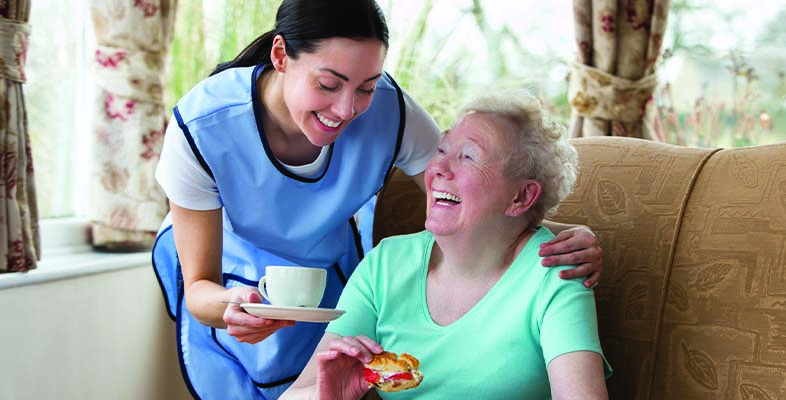4.2 Drawing up an emergency care plan
Drawing up a good and effective emergency care plan depends on accurate information being known about the cared-for person, and that this information is communicated in a way that others can understand. The next activity helps you to practise communicating information about a cared-for person succinctly and accurately, so that if another carer or professional needs to take action they can rely on the information in the plan to guide what they do.
You can carry out the activity as a carer for a specific person or, if you are not a carer, imagine someone you could be planning for.
Activity 11
Describe briefly the cared-for person’s diagnosis and their understanding of it. For example, ‘the person has dementia and they do not understand that they are not able to go out of the house unaccompanied’.
- What regular medication does the person take?
- What as required (or PRN) medication does the person take?
- Is there any medication for emergency use and, if so, where is it kept?
- Is there any care the person does not wish? (An example might be not to resuscitate.)
Comment
It’s quite difficult being brief when asked to summarise an individual’s personality, their needs, preferences and everyday life. However, it should be remembered that this is for an emergency care plan in which small bits of accurate information can be communicated better than larger amounts of information that is not so useful in an emergency situation.
The simplest way to list medication is to copy out instructions provided by the pharmacist or doctor’s prescription. This might also be on the box of tablets or bottle of medicine if available. Make sure it is up to date though.
Few people like making life and death choices for a relative but sometimes, such as in end-of-life care, treatments that are available might not be in the best interests of the cared-for person. In other situations, the cared-for person, if they have mental health problems, for example, might prefer not to be taken to hospital in an ambulance.
It is worth thinking about what actions are possible and the potential outcomes and consequences. This might need discussion with professionals as well.
Activity 11 was an initial preparation, which provided essential background information about the cared-for person that can be quickly understood in an emergency. Once an emergency care plan is finalised it should be shared with those likely to be called upon, including relatives, neighbours and professionals. Anyone it is shared with should have been consulted.
Now we would like you to think about what to do if an emergency occurs in the cared-for person’s home. Some emergencies are foreseeable and can be prepared for. Examples of foreseeable emergencies include:
- a person with dementia leaving the cooker hob gas on
- a person with dementia getting lost
- a young adult with learning disabilities having an epileptic seizure
- an individual forgetting to take their medication for diabetes.
Other emergencies, of course, are unexpected but plans for them can still be made. In the next activity you will consider foreseeable emergencies for a cared-for person (or an imaginary one if appropriate).
Activity 12
Think of a cared-for person you know. Reflect on where the cared-for person lives and the reasons they are cared for.
- What are the foreseeable emergencies for which a plan may be needed?
- Is the cared-for person aware of the potential emergencies?
Next select one potential emergency and:
- Describe briefly what the potential emergency is.
- How will it be known the emergency is happening?
- Should help, such as an ambulance, be called for immediately?
- What first aid steps can be taken, if necessary?
- Is there someone close who can be called for additional help?
- If healthcare professionals arrive, what help should they give, with the most important at the top of the list?
The links below are to an example of a Milton Keynes Carers Trust emergency care plan and the instructions on how to complete it. If you wish, you can use these to help you complete this activity.
- Emergency template [Tip: hold Ctrl and click a link to open it in a new tab. (Hide tip)]
- Guidelines on completing the emergency care plan template
Comment
What constitutes an emergency depends heavily on the needs of the cared-for person and the type and level of care delivered. For one person it might be ensuring safety during an epileptic seizure; for another it might be concerned with irregular blood glucose levels. For many people in care potential emergencies can be foreseen. There are often clear indications that certain emergencies are happening, such as fluctuating consciousness. Instructions for situations that require calls for assistance can be described in a brief sentence.
If first aid is required then, of course, the planned helper should be trained in whatever is necessary, and this should be taken into account when consulting on the plan.
